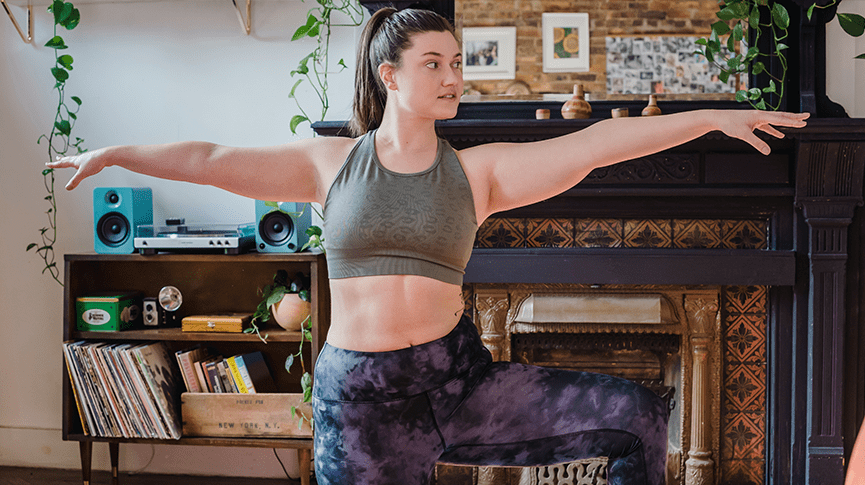Private GPs
Our private GPs, Hala and Lucy, have a special interest in the menopause and are members of the British Menopause Society. In this blog post, they delve into the treatment of menopause symptoms and how Hormone Replacement Therapy (HRT) works. If you’re experiencing any symptoms of menopause or would like to talk to a healthcare professional, do get in touch with our private doctors on 0333 050 7338.
What is HRT?
Hormone Replacement Therapy is used for the treatment of menopause symptoms, such as night sweats and hot flushes. It works by replacing hormone levels that drop as you approach the menopause.
All types of traditional HRT contain oestrogen so it’s often started at later stages when progesterone levels are very low and oestrogen levels start to drop.
Administering HRT
HRT is also needed in premature menopause to maintain bone density. It’s important to note that, if you still have a womb (no hysterectomy) and just take oestrogen, the womb lining could build up and become a cancer risk. Therefore, HRT is co-prescribed with a generic dose of progesterone to stop this from happening.
Sometimes both oestrogen and progesterone are synthetic, and sometimes just the progesterone is. This means that these synthetic hormones are not identical to the ones found in the human body and are given in standard doses. If you are still having periods, it will be given in a cyclical manner. If your periods have stopped, it will be given continuously.
The benefits of HRT include reduction of night sweats and flushes, reversal of vaginal changes, improved mood and sleep. It can also help with joint aches and pains, skin and hair texture, as well as reduced bone thinning. Evidence concerning heart disease and dementia prevention is still controversial.

What are the risks?
The risks of taking HRT include blood clots in the veins, breast cancer in women over 50 (note there is no increased risk in women under 50), a small increase in risk of stroke, and possible increase in risk of ovarian cancer which goes on stopping the HRT.
The most important thing to bear in mind when discussing risk is to consider personal and family medical history. So, each case must be thoroughly discussed with a doctor. Our private GPs can help advise you in the best course of action. If you’d like to get in touch, please contact 0333 050 7338.
Contraception
HRT doesn’t act as a contraceptive. So, you would need to continue your method of contraception for two years if your last period took place under the age of 50, or for one year if your last period took place when you were over 50.
HRT can be given in combined tablet (carries a clot risk), a combined patch (no clot risk) or in the form of a gel or patch (no clot risk) in combination with a Mirena coil.
Bioidentical HRT
The aim of bioidentical HRT is that both hormones – oestrogen (in the form of oestradiol) and progesterone – mimic those that are produced naturally before the menopause.
It would be wrong to call bioidentical HRT ‘natural’ as you are still replacing something that a woman wouldn’t be producing after going through the menopause.
Bioidentical HRT is normally given in the form of an oestradiol patch or gel along with a progesterone capsule called Utrogestan that is taken at night. The benefits of it from the point of view of reliving menopausal symptoms should be identical to that of traditional HRT.
About 1 in 20 women cannot absorb through the skin and therefore find the patches and gels ineffective at relieving their symptoms. This is the same for both the traditional and bioidentical HRT approach. Bioidentical HRT is still relatively new but, to date, the safety data is looking really good; it is pointing towards the fact it may be lower risk than the synthetic HRT approach.
Here at Linbury Doctors, we are delighted to offer doctors with specialist menopausal training; they are experienced in prescribing bioidentical HRT. If you’d like to speak to our private GPs, please call the practice on 0333 050 7338, or email info@linburydoctors.co.uk.













